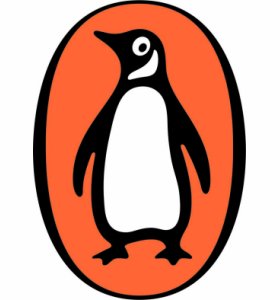Recently I decided to write an Android app. This isn’t a completely crazy idea as I’m a web developer by trade. I wanted to do this partly to have a pet programming project outside of work, and partly because my fiction writing had got stuck in a bit of a rut so I figured I’d take a break from it. Then, perhaps because of the second point I hit on the idea of the app being essentially a choose your own adventure game.
I didn’t have anything ambitious in mind. Certainly not anything as involved as the legendary (and recently revived) Fighting Fantasy books of my youth. However it proved to be a bigger undertaking than I’d anticipated.
When in doubt, draw a picture
The choose your own adventure format strongly invites the creation of a flow diagram. At first I thought a single flow diagram would suffice, but once I started contemplating putting dry-wipe tape on the walls I realised I needed to rethink matters. So I used the programmer part of my brain and split the work into discrete chunks. More specifically, I made the decision to make the adventure a series of linked areas, each of which had their own diagram. This allowed me to write flow diagrams with only 20-40 boxes, then link them together at their entrances and exits. I’d recommend the same approach to anyone else taking on the same task.
Micro writing
At first the writing was purely about fun. Unlike more conventional fiction writing, I felt no responsibility to traditional flow and narrative. Each page, for want of a better word, was a brief description. There was a lot of scope to just have fun with both the format and the language, and the slightly unpredictable way a reader could work their way through the pages made a mockery of linear narrative. It was mostly about one-liners, and in that respect it was fun to just write something nicely without worrying about how it would work with the rest of the story.
Macro writing
Naturally it wasn’t that simple in the long run. Writing amusingly around the flow diagrams was important to get the puzzles, such as they are, implemented. However I also wanted to have a larger narrative in play, so the reader gets a sense of a story while working their way through the application. This was difficult because there’s no guaranteed route through the pages.
I’ve played quite a few computer games in my time, and am quite familiar with the technique of found information. This is where in the course of playing the game you discover objects which fill in a piece of the game’s story. This works particularly well in linear games where the player progresses through levels. However I’d already made the decision to allow the discrete areas of the app to be accessed in any order, so I couldn’t rely on that to keep the narrative in order.
Shotgun!
I settled on what I think of as a shotgun approach. I can’t hit the target dead-on every time, so instead I aim to cover it randomly enough times that the player will see enough of the pieces to get the narrative even though it’s received piecemeal. I aimed to do this via a combination of some guaranteed story telling in the early part of the app so that what follows isn’t completely unfamiliar, and randomly discovered bits of information which add to it. I’m not entirely sure how successful the approach is, but it strikes me as something which can work. The tricky part is knowing how many of the pages should include portions of narrative. I hope to find out from feedback from the app itself. To some extent it mirrors a challenge of traditional narrative, which is how to write just leanly enough to keep the reader on their toes without confusing them.
You have not been eaten by a grue
Overall I’m glad I took on this project. From a purely writing point of view I’ve enjoyed the freedom from writing to the standard linear format. However it’s also made me think a lot more about that same format. It’s made me think about how much information is required to get a story without it being obvious from a different perspective. And that’s something I can’t wait to consider in more detail when I start writing my next short story.
You can download the app Google Play. It’s free!
Here’s a photo of a mouse on a swing:
(Although it might be a hamster)


